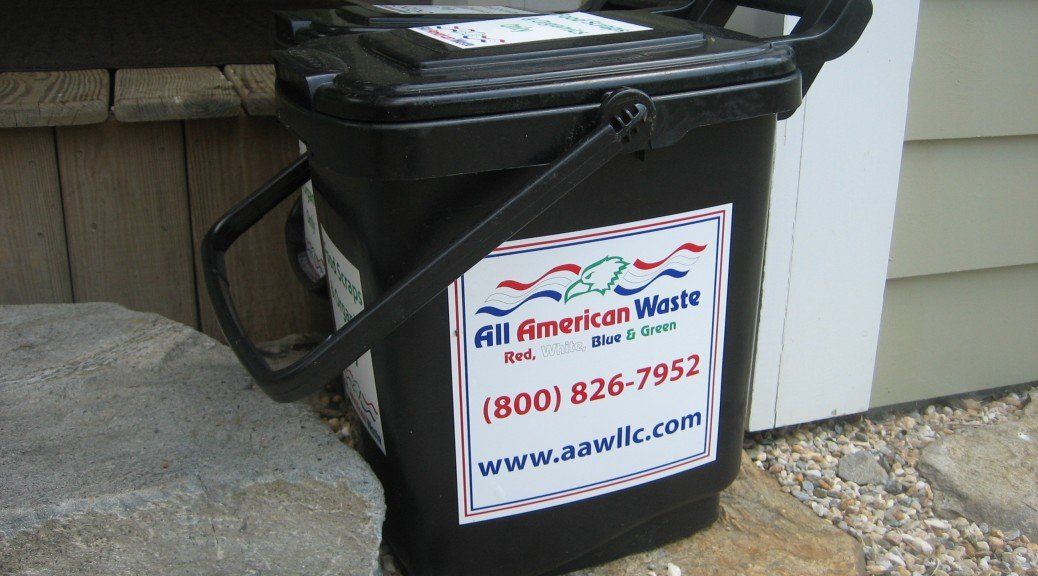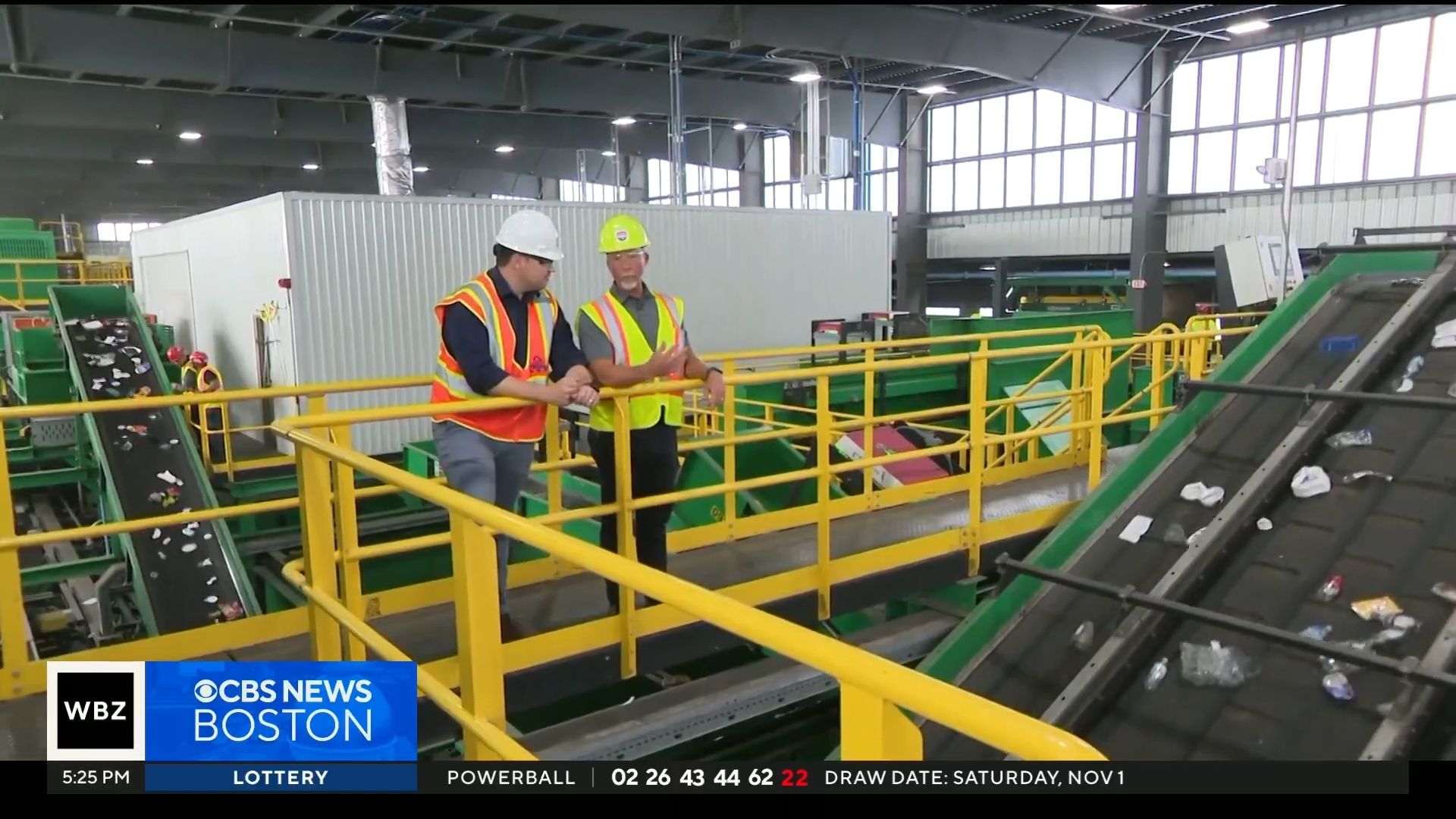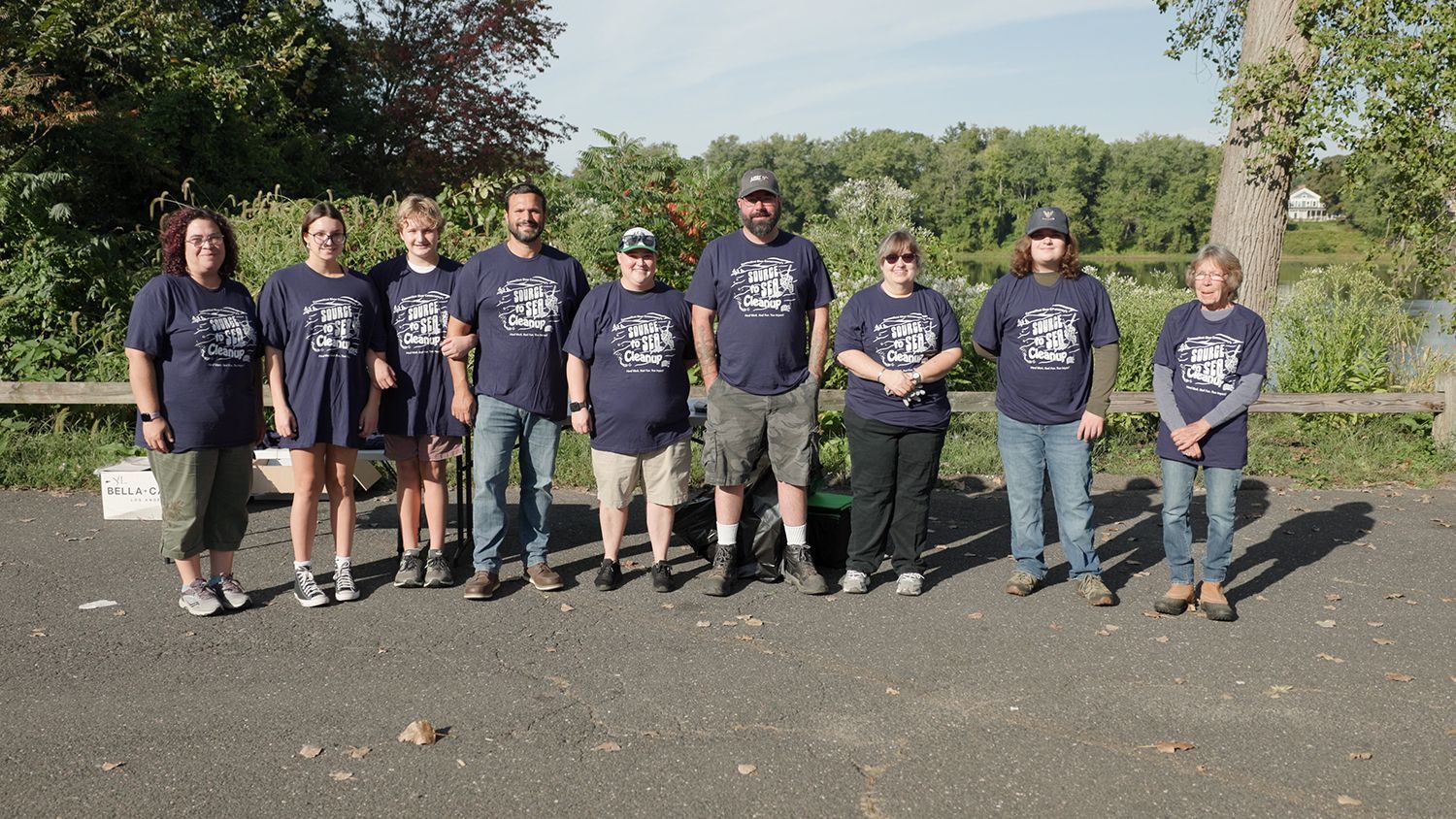FOOD WASTE RECYCLING REMAINS A TOUGH TASK IN CONNECTICUT

Bridgewater — With a shout of “BLT!” as lunchtime peaks at the historic Bridgewater Village Store, chef Damian Krieg is doing pretty much the same thing he’s done for more than seven years – cranking out sandwiches, dishing up fresh soups and serving a changing array of specials.
But there is one difference, nearly imperceptible as he finishes making a king-size bowl of cole slaw during the increasingly infrequent lulls in the action. For the last three months, instead of dumping the cores of the cabbage and onions, ends of the carrots and the guts of the green peppers into the trash with everything else, he has been dropping them into a bucket beneath his workstation.
It’s his new compost bucket – part of a first-in-the-state curbside food waste pickup project in this largely rural southwestern Connecticut town.
“Anything that is biodegradable goes into the compost heap. You could even use paper which is biodegradable,” Krieg says. “The baker uses one upstairs and just before she leaves she brings her bag down here. We combine them with that. Sometimes we do have to empty them twice day.”
That means dumping them into a larger barrel behind the store. That barrel stays locked to keep critters and other undesirables out until its contents are picked up every Friday and taken a few miles away to the New Milford Farms compost facility where they will be made into soil products.
Simple? In theory, yes. But Connecticut’s efforts to wrench itself off the 25 percent recycling rate it has been stuck on for years (by doing things like finding other ways to handle its largest component – the one-third that is food waste and other organics) has been a slow go. Law changes in 2011 that mandated recycling large volume commercial food waste have been tough to implement.
So Connecticut lags as other states, as well as large cities like New York, San Francisco and Toronto, and many areas in Europe, are well into food waste disposal programs.
Read More At: http://ctmirror.org/food-waste-recycling-remains-a-tough-task-in-connecticut/


